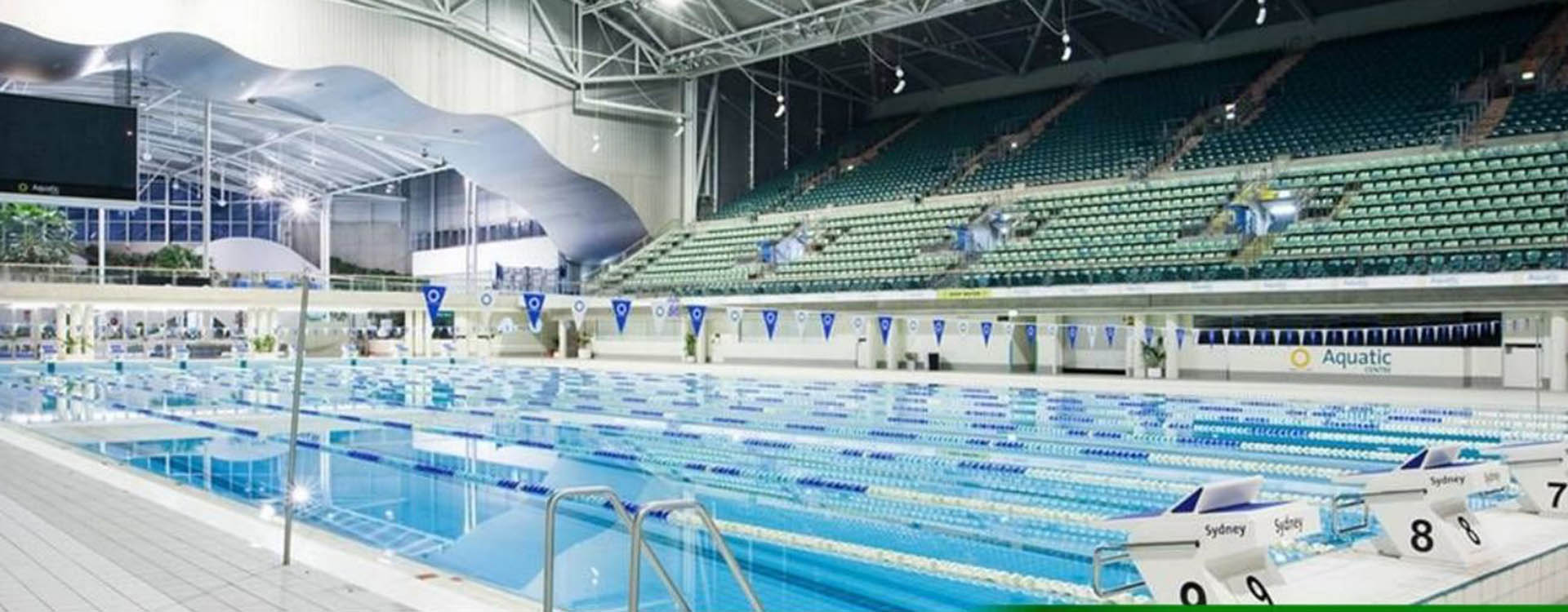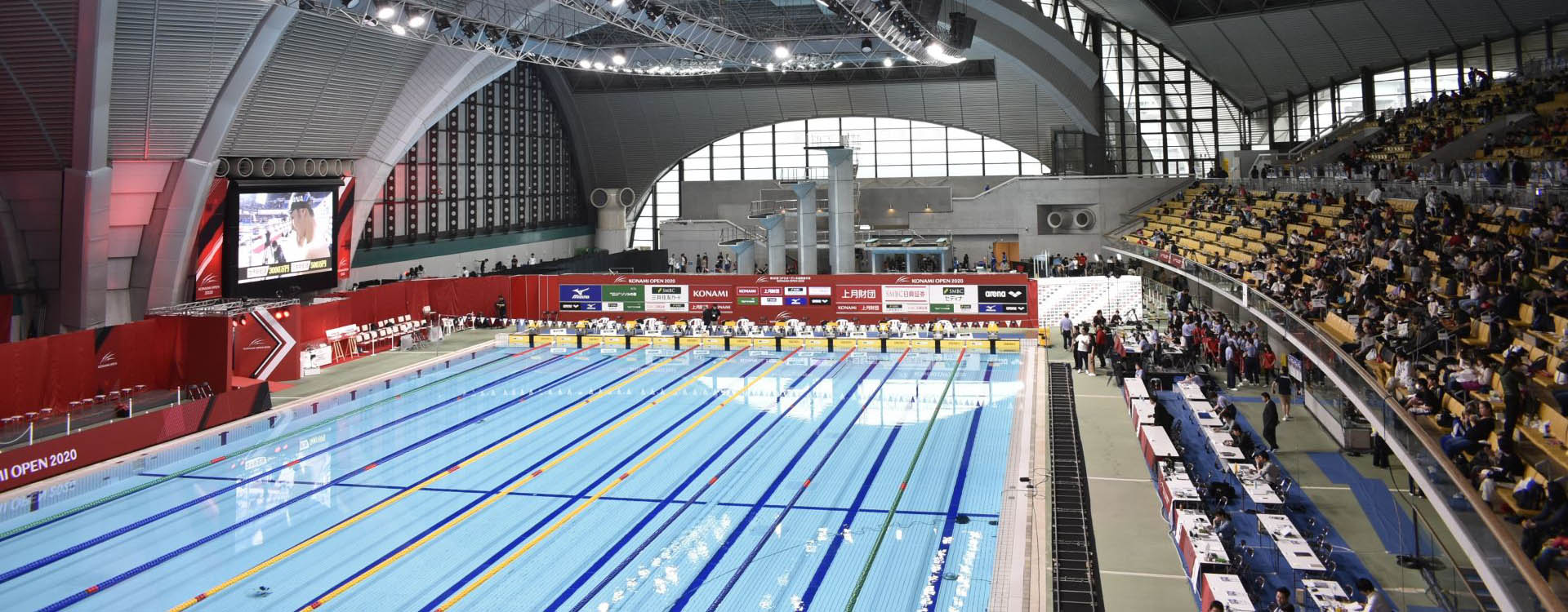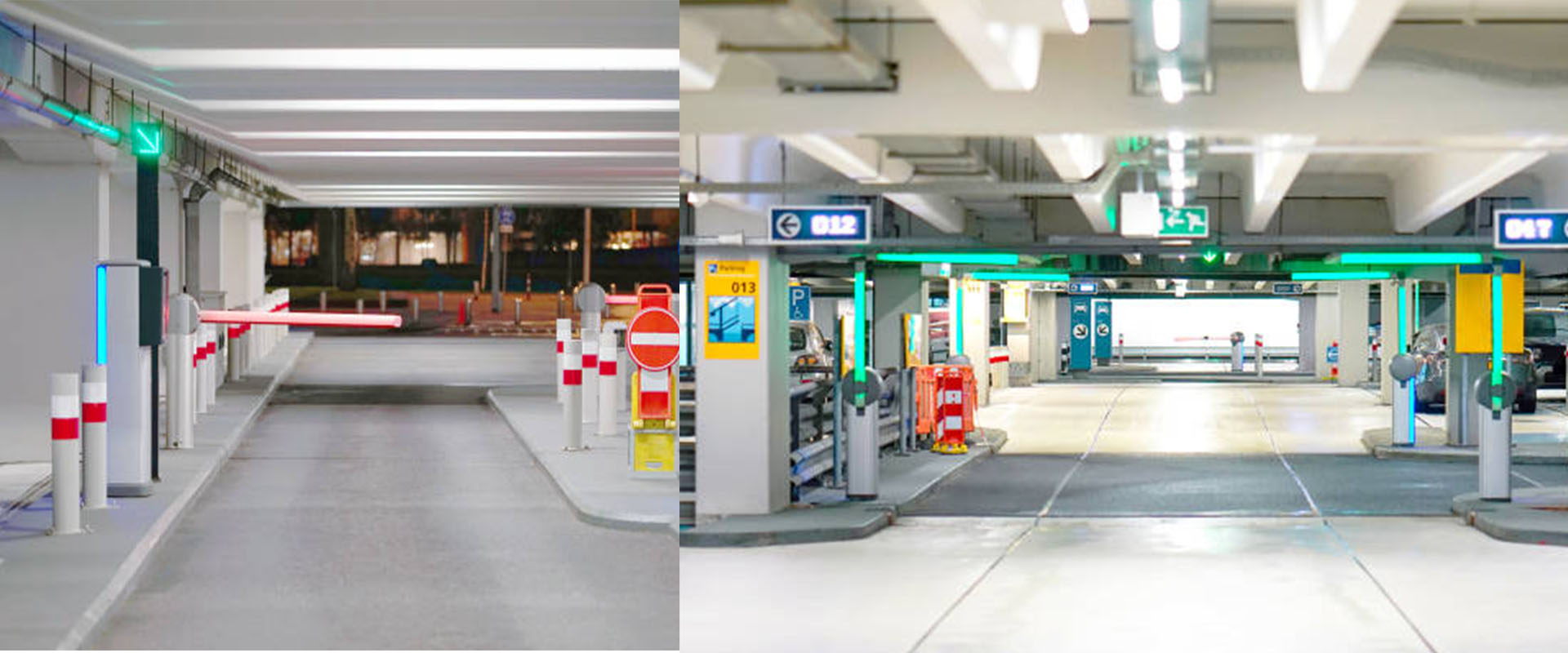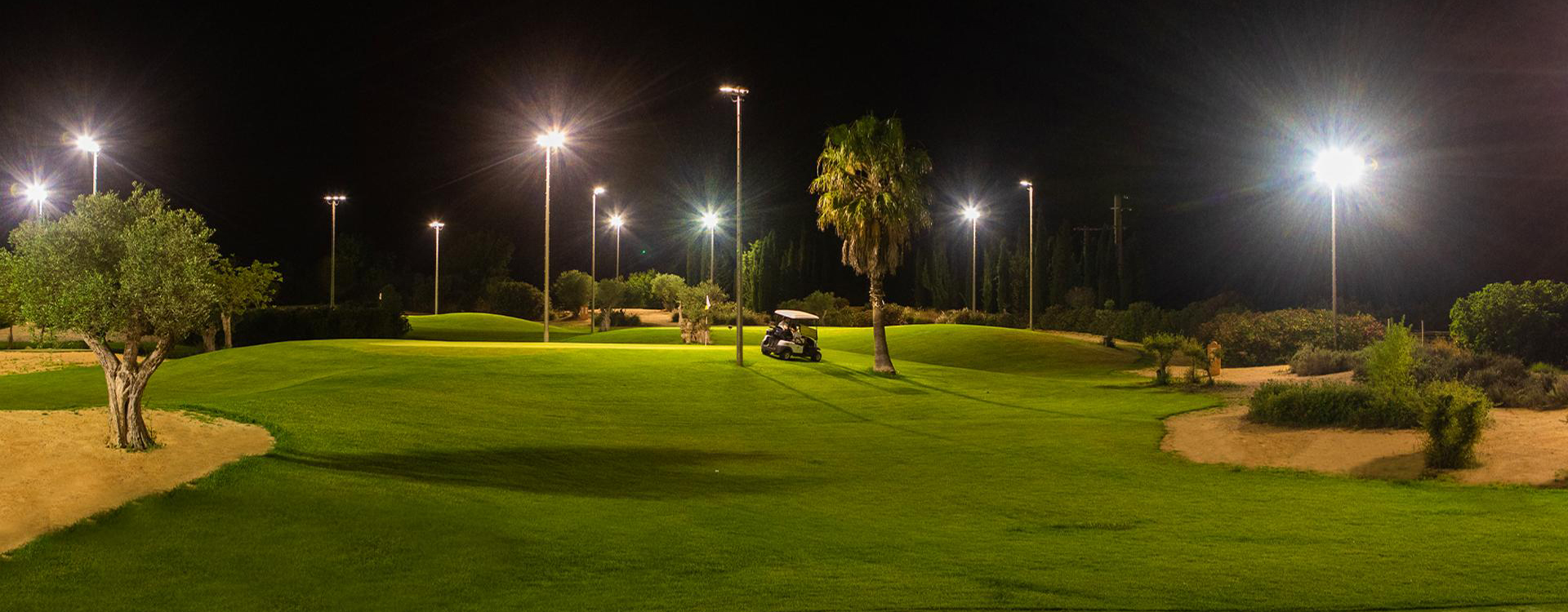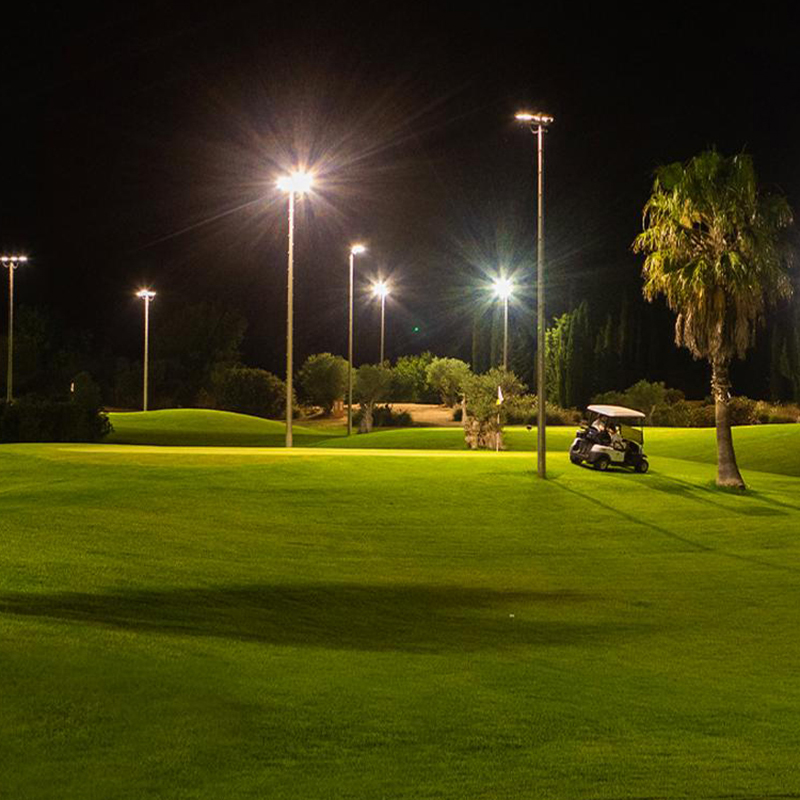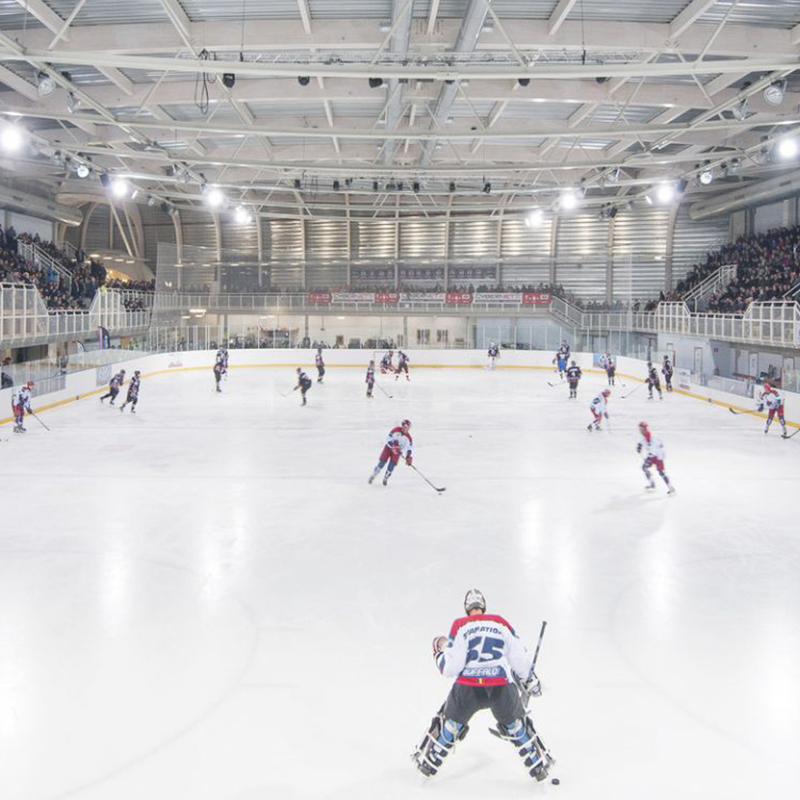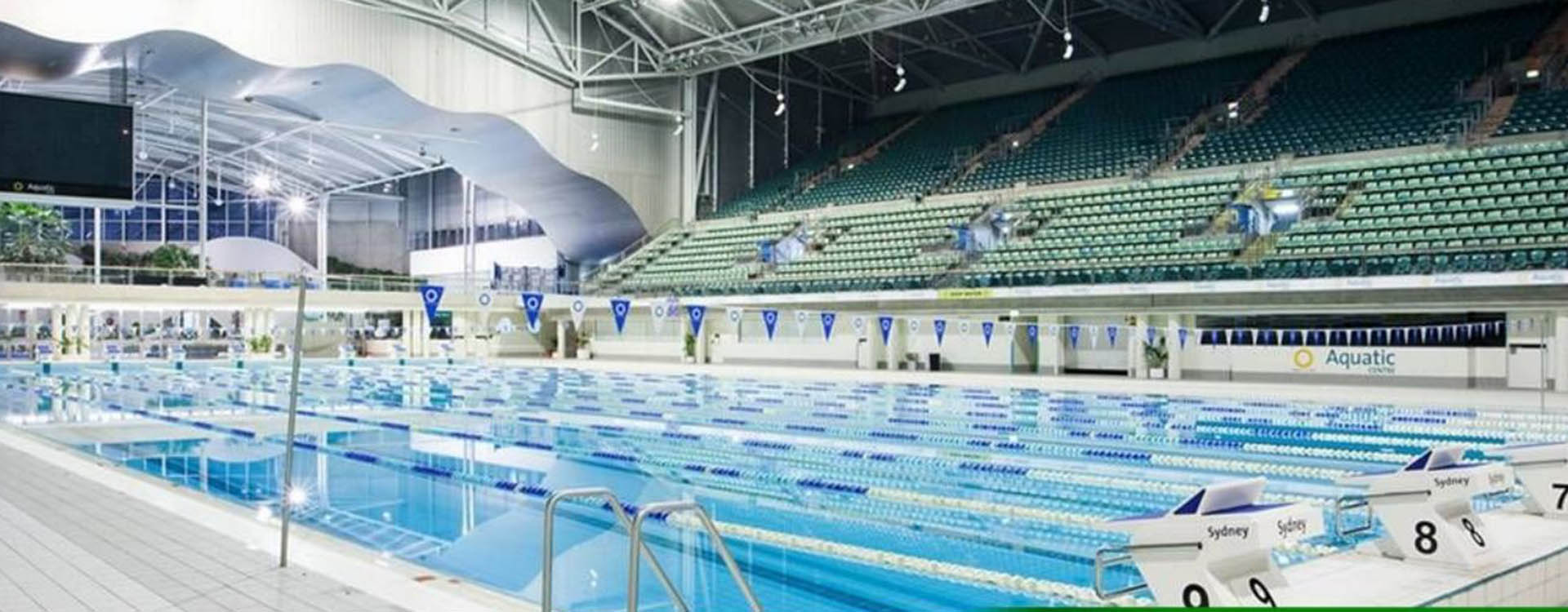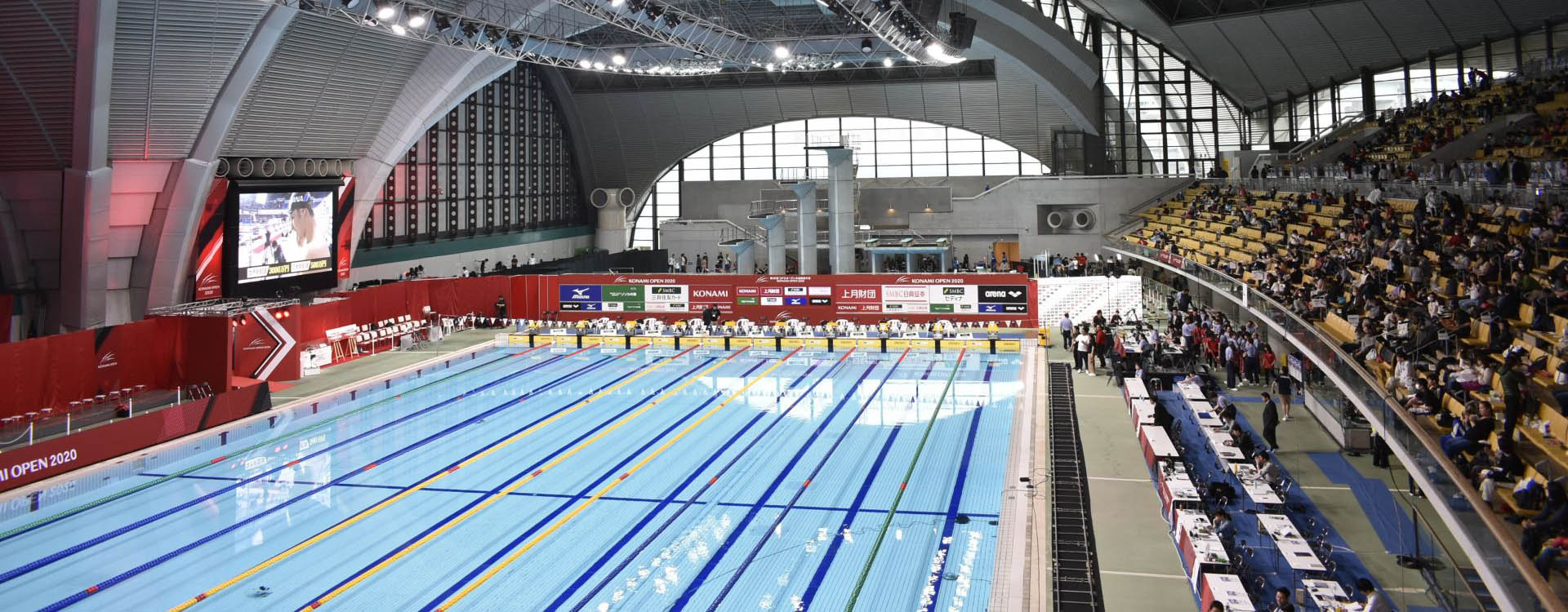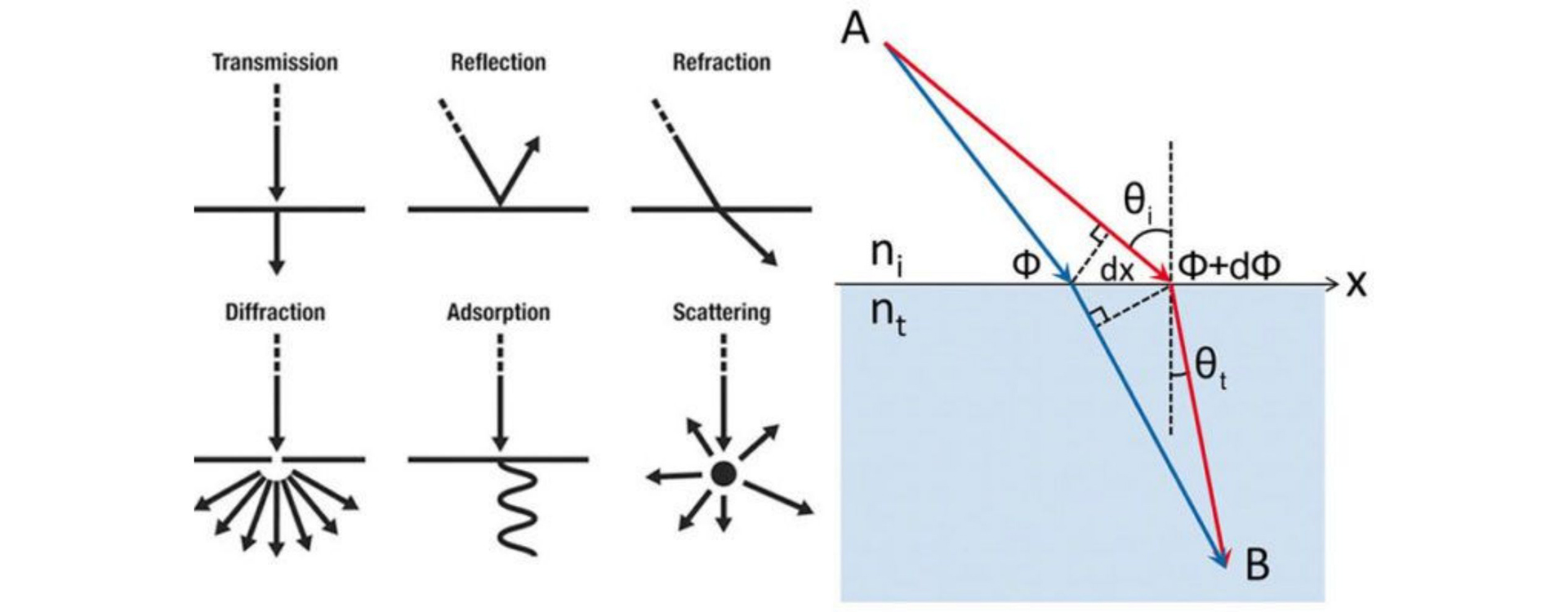Swimming Pool
- Principles
- Standards and Applications
Products Recommended
II The way to lay lights
Indoor swimming and diving halls usually consider the maintenance of lamps and lanterns, and generally do not arrange lamps and lanterns above the water surface, unless there is a dedicated maintenance channel above the water surface. For venues that do not require TV broadcasting, the lamps are often scattered under the suspended ceiling, roof truss or on the wall beyond the surface of the water. For venues that require TV broadcasting, the lamps are generally arranged in a light strip arrangement, that is, above the pool banks on both sides. Longitudinal horse tracks, horizontal horse tracks are arranged above the pool banks at both ends. In addition, it is necessary to set an appropriate amount of lamps under the diving platform and springboard to eliminate the shadow formed by the diving platform and springboard, and focus on the diving sports warm-up pool.
(A) outdoor soccer field
It should be emphasized that the diving sport should not arrange lamps above the diving pool, otherwise a mirror image of the lights will appear in the water, causing light interference to the athletes and affecting their judgment and performance.
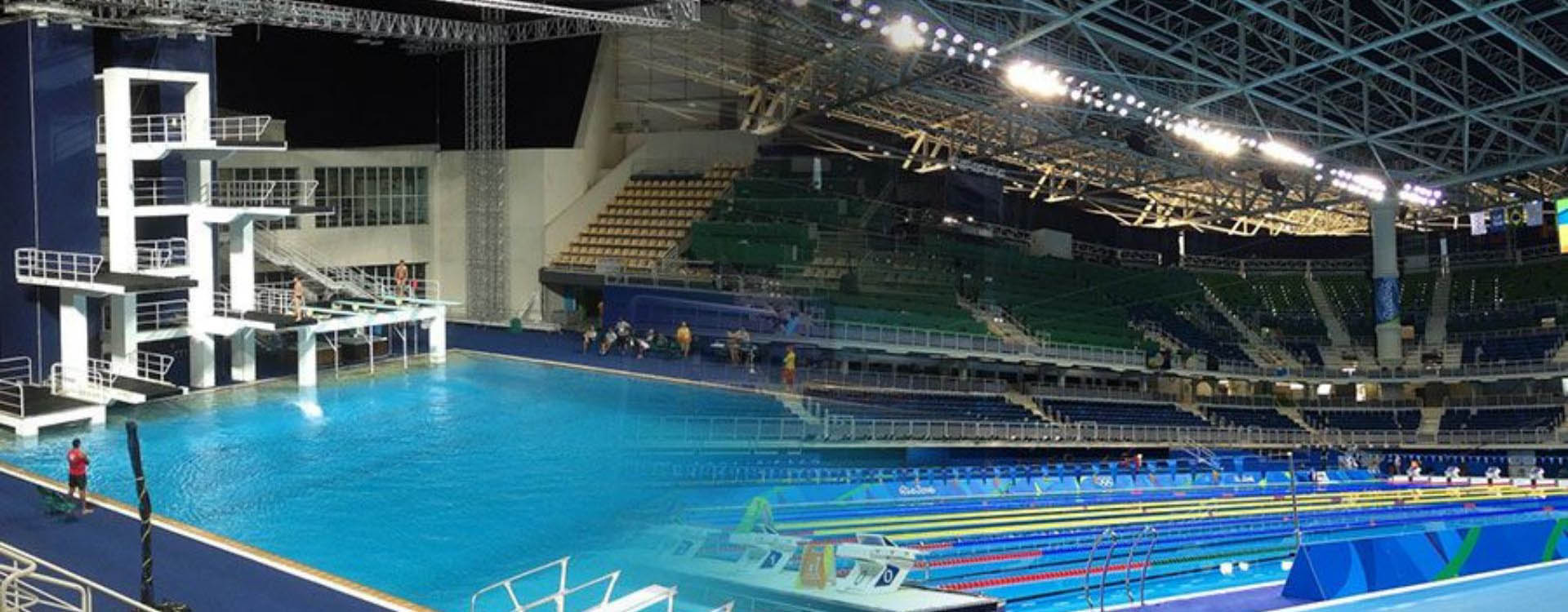
In addition, due to the unique optical characteristics of the water medium, the glare control of swimming pool venue lighting is more difficult than other types of venues, and it is also particularly important.
a) Control the reflected glare of the water surface by controlling the projection angle of the lamp. Generally speaking, the projection angle of lamps in the gymnasium is not greater than 60°, and the projection angle of lamps in the swimming pool is not greater than 55°, preferably not greater than 50°. The greater the angle of incidence of light, the more light reflected from the water.

b) Glare control measures for diving athletes. For diving athletes, the venue range includes 2 meters from the diving platform and 5 meters from the diving board to the water surface, which is the entire trajectory space of the diving athlete. In this space, the venue lights are not allowed to have any uncomfortable glare to the athletes.
c) Strictly control the glare to the camera. That is, the light on the surface of the still water must not be reflected into the field of view of the main camera, and the light emitted by the lamp should not be directed at the fixed camera. It is more ideal if it does not directly illuminate the 50° sector area centered on the fixed camera.

d) Strictly control the glare caused by the mirror image of lamps in water. For swimming and diving halls that require TV broadcasting, the competition hall has a large space. The venue lighting fixtures generally use metal halide lamps above 400W. The mirror brightness of these lamps in the water is very high. If they appear in athletes, referees, and camera audiences Inside, all will produce glare, affecting the quality of the game, watching the game and broadcasting.